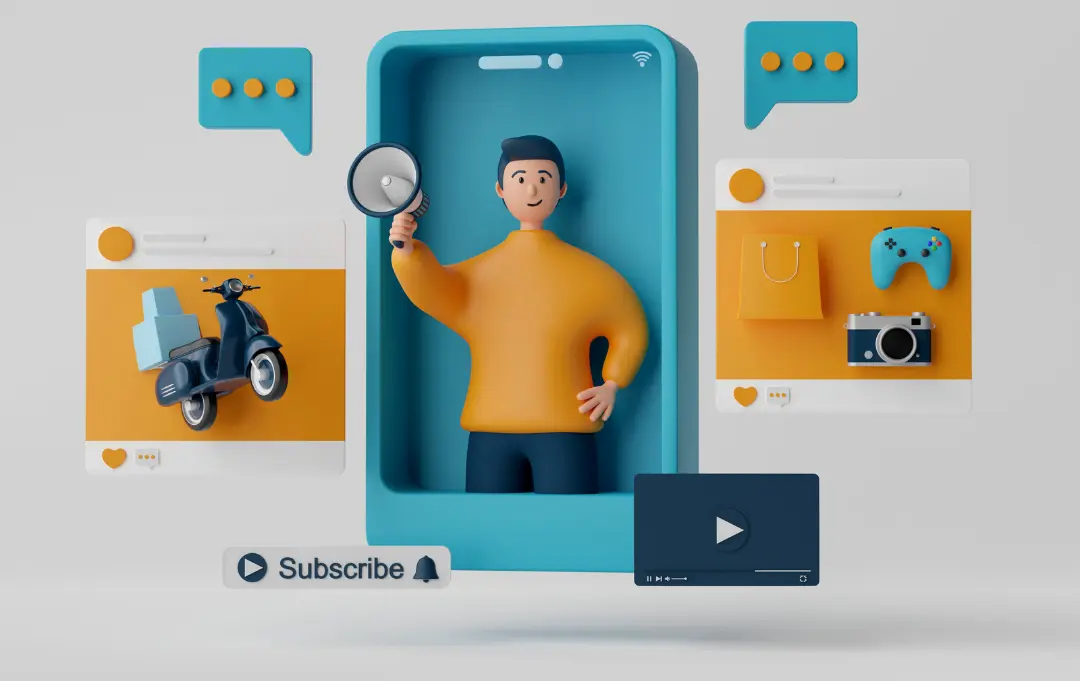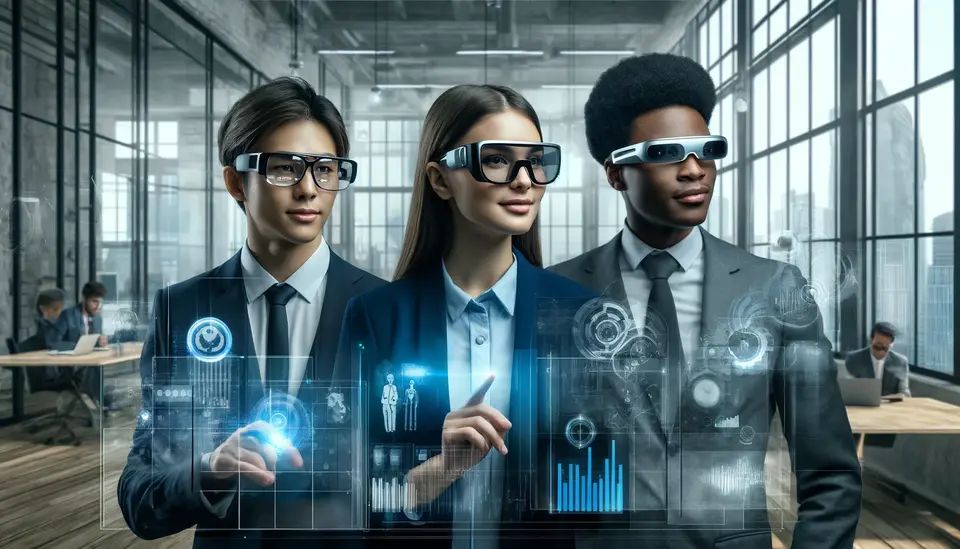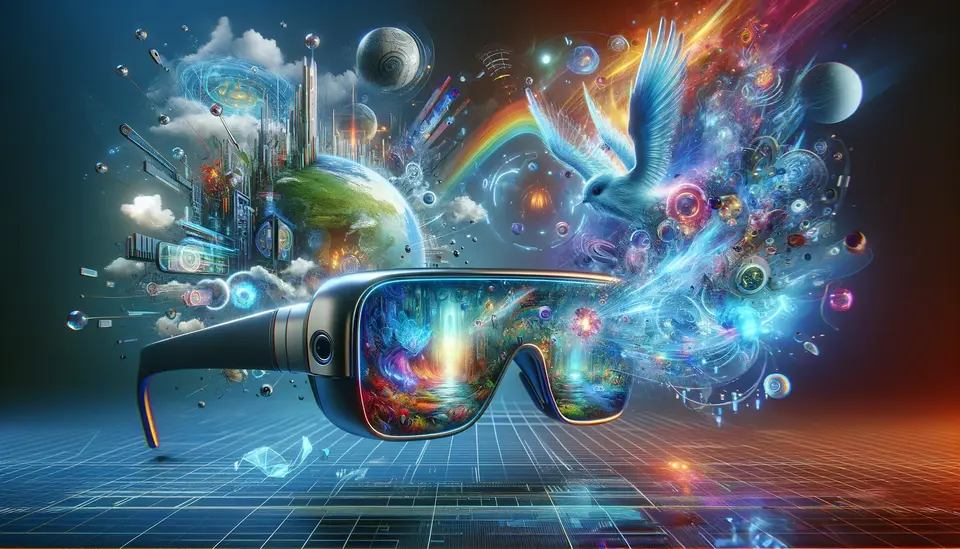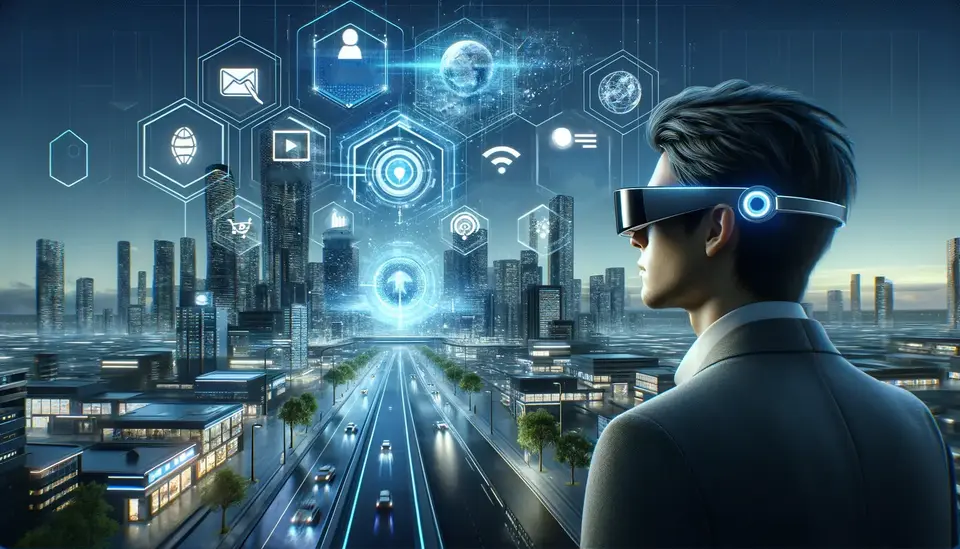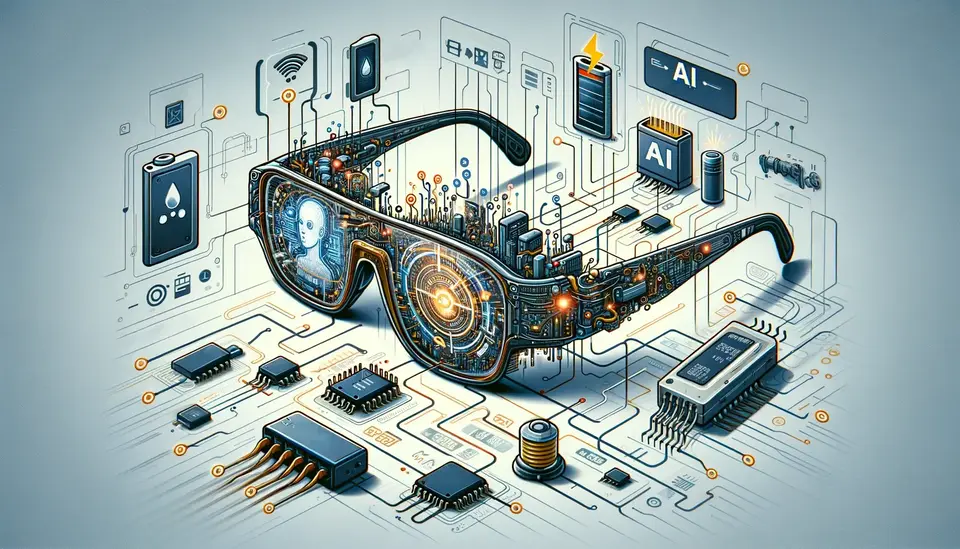15 Examples of the Use of Smart Glasses in Advertising
Posted on April 19, 2023 4 minutes 819 words
Table of contents
- 1. Augmented Reality Billboards
- 2. Location-based Advertising
- 3. Virtual Showrooms
- 4. Immersive Product Demonstrations
- 5. Interactive Gaming Ads
- 6. Social Media Integration
- 7. Virtual Events and Sponsorships
- 8. Personalized Advertisements
- 9. In-store Promotions
- 10. Virtual Coupons and Loyalty Programs
- 11. Live-streamed Shopping Events
- 12. Interactive Movie Trailers
- 13. Virtual Tours
- 14. Brand Mascot Interaction
- 15. Virtual Reality Experiences
- Conclusion
Smart glasses have been revolutionizing various industries with their unique and immersive capabilities. Advertising, in particular, has seen a significant transformation, with brands leveraging smart glasses to create more engaging, interactive, and personalized experiences for users. In this blog post, we will explore 15 real-world examples of how smart glasses are changing the face of advertising.
1. Augmented Reality Billboards
Companies like Pepsi and Coca-Cola have experimented with augmented reality (AR) billboards, using smart glasses to display digital ads that overlay physical environments. These personalized, targeted ads can be based on users’ preferences and interests, creating a more engaging experience.
2. Location-based Advertising
Smart glasses, such as Google Glass and Vuzix Blade, can use geolocation data to display relevant ads based on users’ locations. For example, Yelp Monocle uses this technology to show nearby businesses, helping users discover new places to visit and shop.
3. Virtual Showrooms
Luxury carmaker Audi has developed a virtual showroom using smart glasses, allowing users to explore different car models in a 3D environment. This technology provides a more interactive and engaging shopping experience, helping customers visualize their dream car.
4. Immersive Product Demonstrations
IKEA has introduced an AR app compatible with smart glasses, which allows users to virtually place furniture in their homes. This interactive demonstration helps customers visualize how a product will look and fit in their space before making a purchase.
5. Interactive Gaming Ads
Niantic’s Pokémon GO, an AR game played using smartphones, has featured in-game advertising through sponsored locations. Although not specifically designed for smart glasses, it demonstrates the potential of incorporating branded games into users’ everyday lives, increasing engagement and brand recognition.
6. Social Media Integration
Snap Inc.’s Spectacles smart glasses seamlessly integrate with Snapchat, allowing users to easily share their experiences with branded content. This integration increases the reach of advertisements and encourages user-generated content.
7. Virtual Events and Sponsorships
In response to the COVID-19 pandemic, many brands have turned to virtual events, such as concerts and sports games, as a means of reaching their audience. Smart glasses offer users an immersive experience of these sponsored events, creating a stronger connection between the brand and the consumer.
8. Personalized Advertisements
Companies like Google and Facebook are developing AR advertising platforms that analyze users’ preferences and interests to deliver tailored ads. This personalization makes ads more relevant and engaging, improving the overall user experience.
9. In-store Promotions
Lowe’s, a home improvement retailer, introduced the Lowe’s Vision app, which uses smart glasses to display exclusive promotions, discounts, and product information. This technology enhances the in-store shopping experience and helps customers make informed decisions.
10. Virtual Coupons and Loyalty Programs
Apps like Foursquare and Groupon have experimented with virtual coupons and loyalty program rewards compatible with smart glasses. These digital incentives increase customer engagement and retention, encouraging repeat visits and purchases.
11. Live-streamed Shopping Events
Fashion retailer Tommy Hilfiger partnered with virtual reality company WeMakeVR to create a live-streamed shopping event. Users wearing smart glasses could watch the runway show in real-time and make purchases directly from the virtual experience. This technology fosters a new level of interaction between brands and consumers.
12. Interactive Movie Trailers
20th Century Fox collaborated with Google to create an interactive movie trailer for the film “Kingsman: The Golden Circle.” The trailer allowed users to explore different scenes in 3D using Google Cardboard, generating excitement and anticipation for the film.
13. Virtual Tours
Marriott Hotels partnered with Samsung to create virtual reality tours of their properties, allowing potential guests to explore hotel rooms and amenities before booking a stay. This virtual tour, accessible through smart glasses, provides users with a comprehensive understanding of the space, enhancing their decision-making process.
14. Brand Mascot Interaction
In 2017, KFC launched an AR marketing campaign featuring Colonel Sanders, the brand’s iconic mascot. Using a smartphone app, users could interact with the Colonel, who would come to life through their smart glasses. This engaging and memorable campaign demonstrates the potential of brand mascot interactions using smart glasses.
15. Virtual Reality Experiences
The New York Times collaborated with Google Cardboard to release “The Displaced,” a virtual reality documentary that immersed viewers in the lives of three refugee children. Although Google Cardboard is a more rudimentary form of smart glasses, this example illustrates how virtual reality experiences can create lasting impressions and drive awareness for a cause or brand.
Conclusion
Smart glasses are rapidly changing the advertising landscape, offering more engaging, personalized, and interactive experiences for consumers. By staying at the forefront of this innovative technology, brands have the potential to create powerful connections with their audience. As smart glasses continue to develop and become more mainstream, we can expect to see even more creative applications for advertising in the near future. Keep an eye on this exciting field and be prepared for a whole new world of immersive brand experiences.

